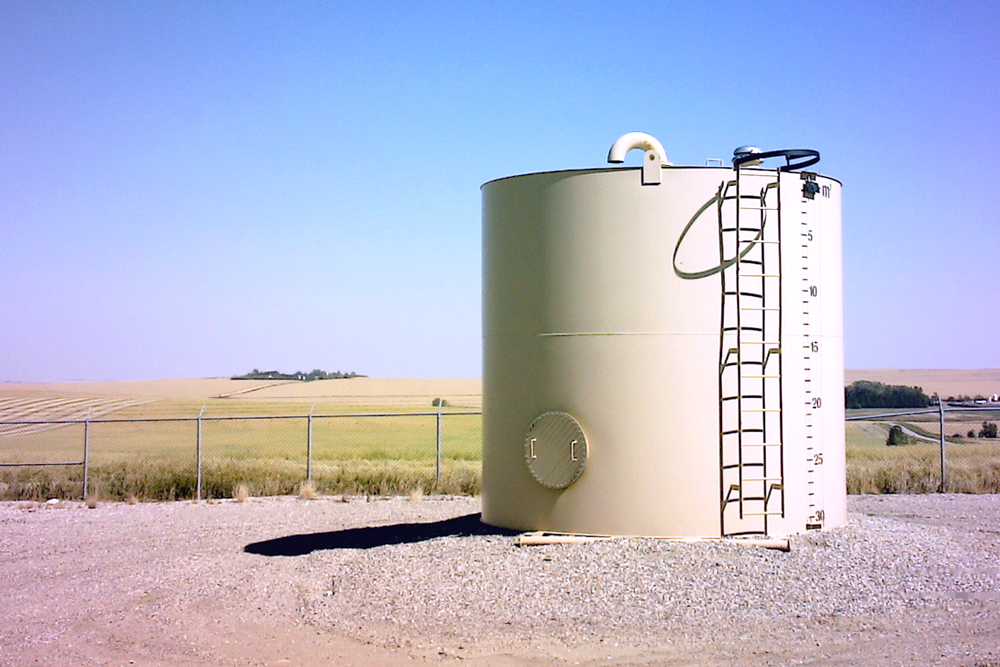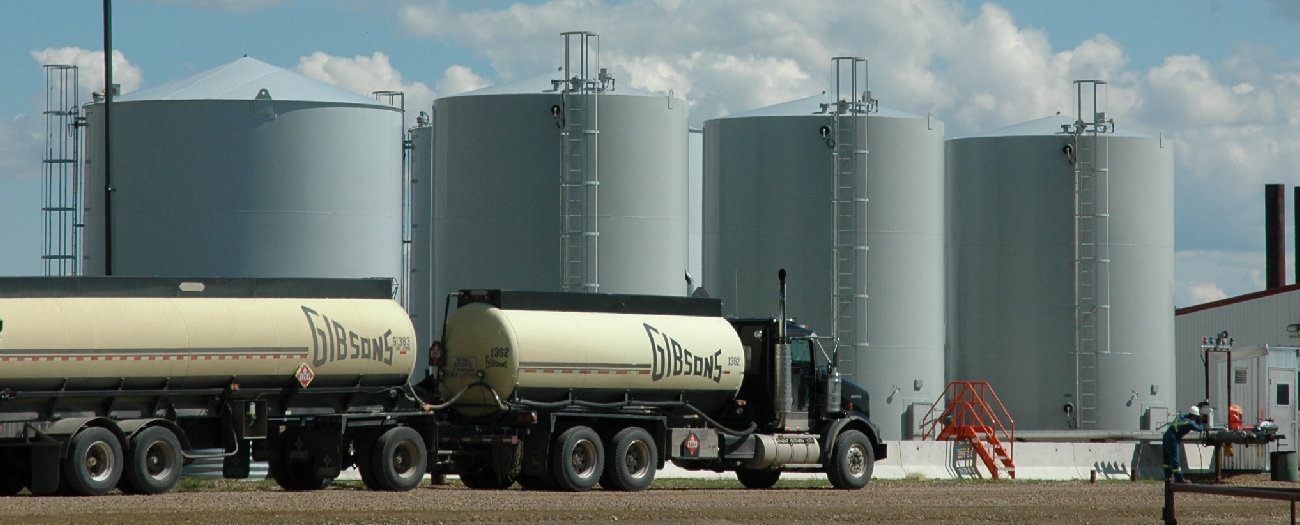Low oil prices have companies seeking safe storage solutions.
Alberta - August 10, 2020This year has made us all think differently about the future; from spending more time at home to navigating a world of sanitizers and face masks, we're all finding ways to endure. Alberta's oil and gas industry is no different.
Companies are changing how they operate while they're under pressure from low commodity prices and lower global demand brought on by the pandemic. Rather than rushing product to market, companies are opting to store hydrocarbons until market conditions improve.
But storing oil is not like shelving sports memorabilia in a closet, or parking a classic car in a garage waiting for a good buyer with deep pockets. Storing oil and gas, even temporarily, needs to be secure enough to keep the products from seeping into the environment. So, the question is: where to put it?
Any producing oil well will have a storage tank close by, and many companies have larger storage facilities throughout the province. But market watchers report that those facilities are close to capacity. And while well-meaning landowners and oilfield service companies are offering temporary storage solutions, there are requirements and regulations that must be followed when adding temporary storage infrastructure.

Working Through It
The Alberta Energy Regulator (AER) started hearing about additional storage from its field inspectors and companies across the province earlier this year. Companies have proposed a range of solutions, including more aboveground tanks, underground caverns, and oil tanker trucks parked on existing leases to add one-to-two years of storage capacity.
Vicki Pugh, an application specialist with the AER, is on the front lines of these inquiries and says, "We're willing to discuss alternative storage options and work with companies during this time, provided that we're able to protect public safety and the environment."
The AER achieves this by reviewing the company's processes against requirements and directives to:
- Establish that storage solutions are safe,
- Ensure larger quantities of oil are secure according to provincial legislation, and
- Measure the amount of oil transferred between storage facilities, including oil moved into additional storage locations at AER-regulated facilities.
Working with industry to confirm that storage solutions meet our regulations and directives involves a range of expertise from across the province, including staff from waste and storage, applications, and field operations. And if a company offers up new technology, they are directed to the AER's innovation team to ensure their proposal meets safety and environmental standards.
Moving Forward
As the oil and gas industry maneuvers through this time, the AER will maneuver with it ensuring operators can keep operating and that industry can come up with ways to cope with today's challenges.
"We're always out in the field verifying compliance," says Dalene Meier, a senior inspector from the AER's Bonnyville Field Centre. "But when we're made aware of any variance or new storage approvals from the applications team, then we'll specifically check those out too." All to help industry and stakeholders make it through 2020, and get moving again.
Sheri Little, Writer


